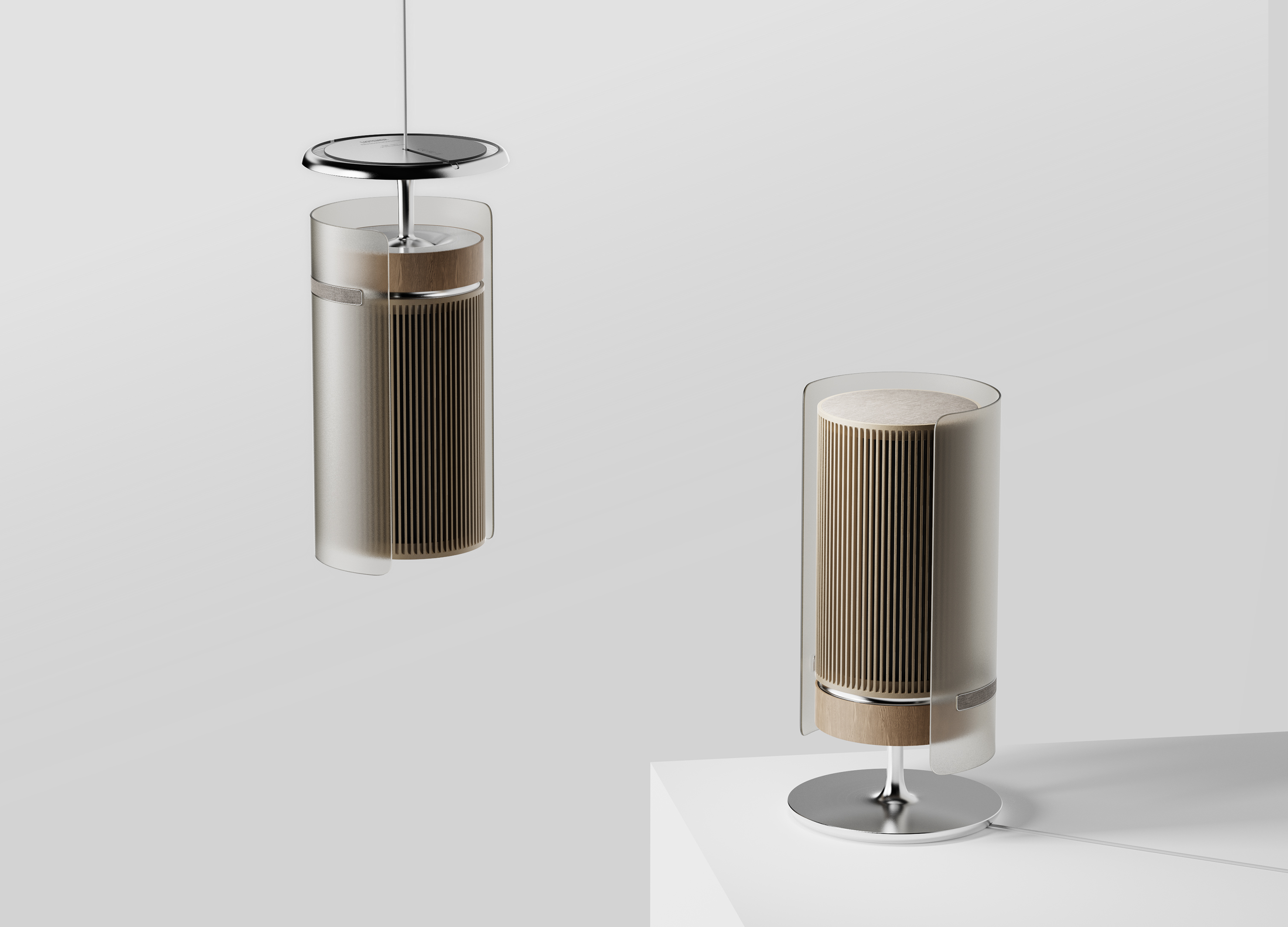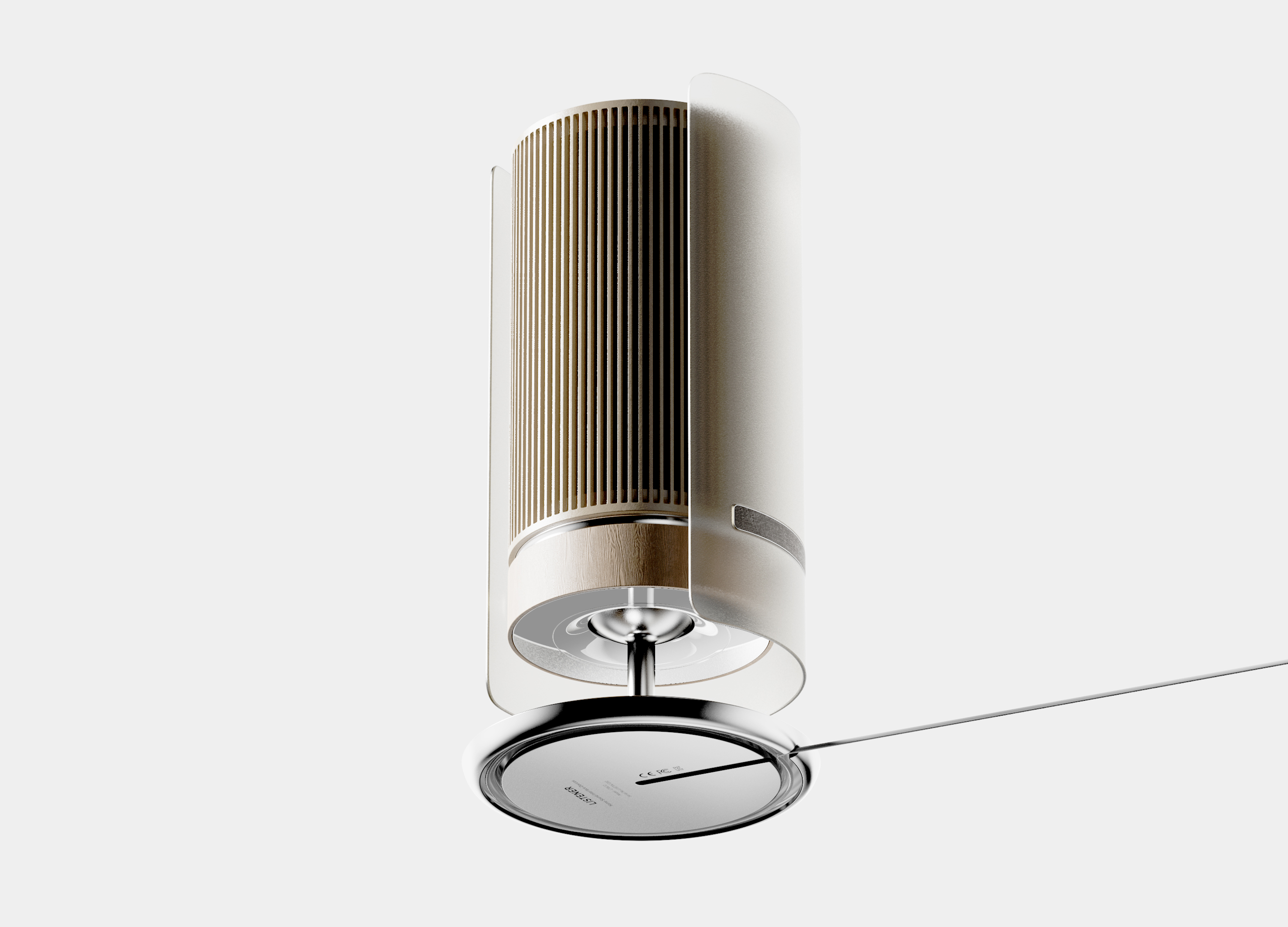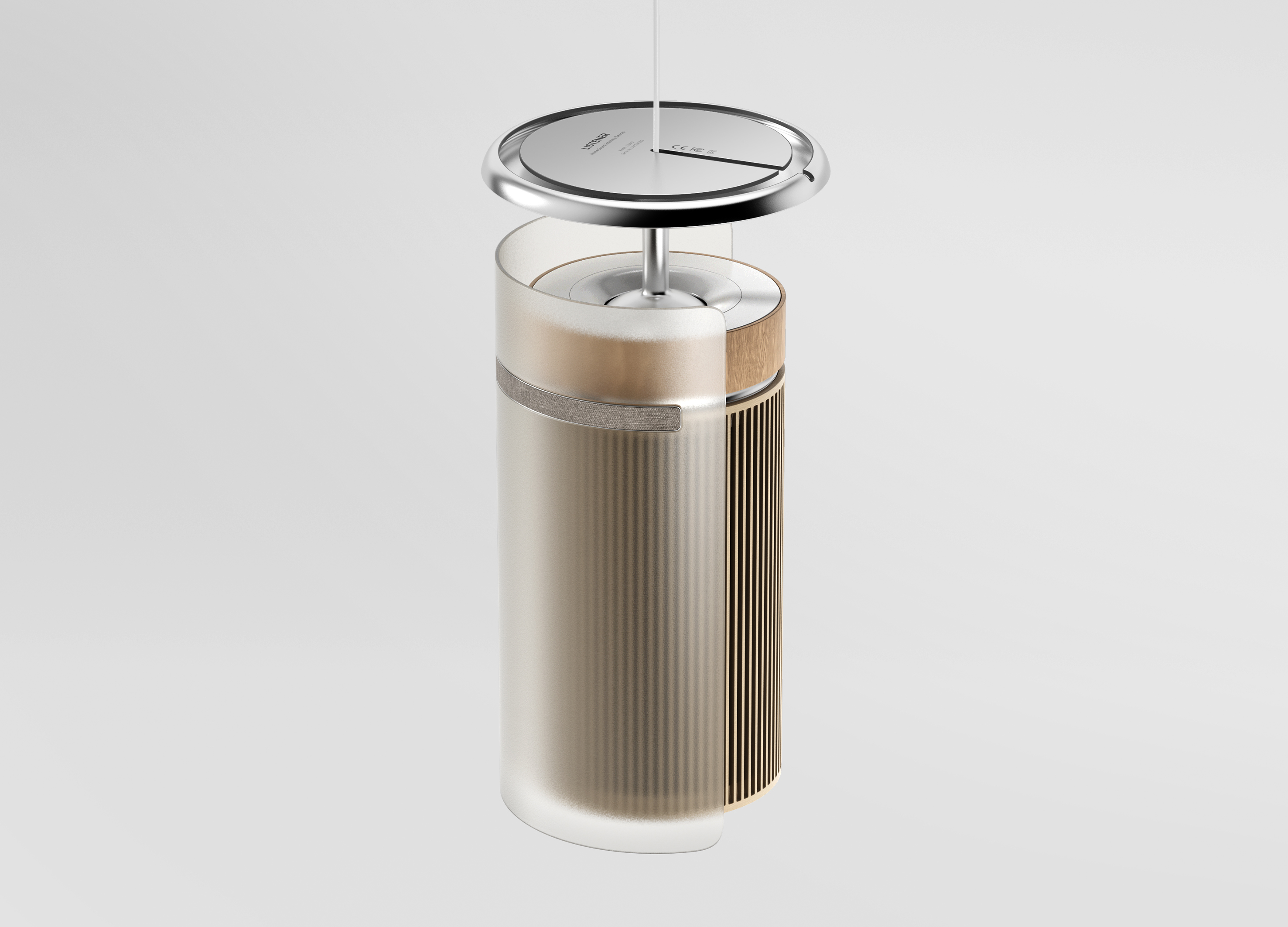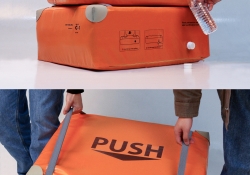Listener
-
MAKE IT CLEAN
-
FoldWave
-
JEISYS MEDICAL LINEARZ
-
Running badger electric go kart
-
KAN
-
One piece anti theft backpack
-
DuoSTiX Hand Shower
-
Wild wild child Fragrance Collection
-
Exlicon Multi shape design tool
-
Raresee The Eclipse
-
Plani
-
Seal Built with Native Soil
-
Carry On
-
Hypergrowth Onboarding Kit
-
cocoda chair
-
Ecological friendly multifunctional felt bag
-
HeatConductive Smart Textiles CrossOver Scarf
-
COS Conveyer
-
A fast applied airbag fixing bandage
-
TenKi Spliced magnetic suction toys
-
MODULE collection DEESAWAT x SCG x JJD KMUTT
-
Double Sided Chair
-
Modular Screening Clinic for COVID19
-
NBCQ Sound beach camping lamp
-
The Sound of Length
-
Degradable flowerpots without transplantation
-
STRIX
-
Highland
-
Smart bedside lamp
-
Antige Micro needles Therapy System
-
Loven Collection
-
UNION MEDICAL UNIPICO
-
ACE MEDICAL Medical Humidifier AHC Series
-
Single RF needle
-
TRIFIT
-
Smart Posture Measurement BAREUM series
-
ENT Medical Chair System
-
STEADFAST Coffee Brewer
-
yokun Olfactory Training System
-
PANCOM Hope thermometer campaign branding
-
Listener
-
sos balloon
-
FUN TO barbecue integrated box
-
Aunion Objet Multi Plug
-
Transper
-
Cozy Time
-
In Outside
-
nabos Modernly reinterpreted Soban series
-
Emergency Staircase
-
Occhiali Da Sole Pin
-
ACCOMPANY
Designed by sketchbooks.co.kr / sketchbook5 board skin






























































